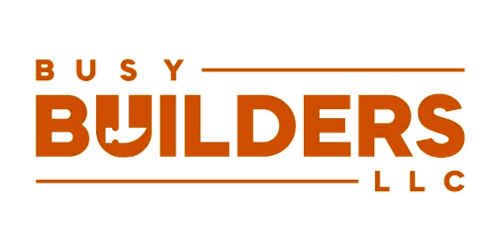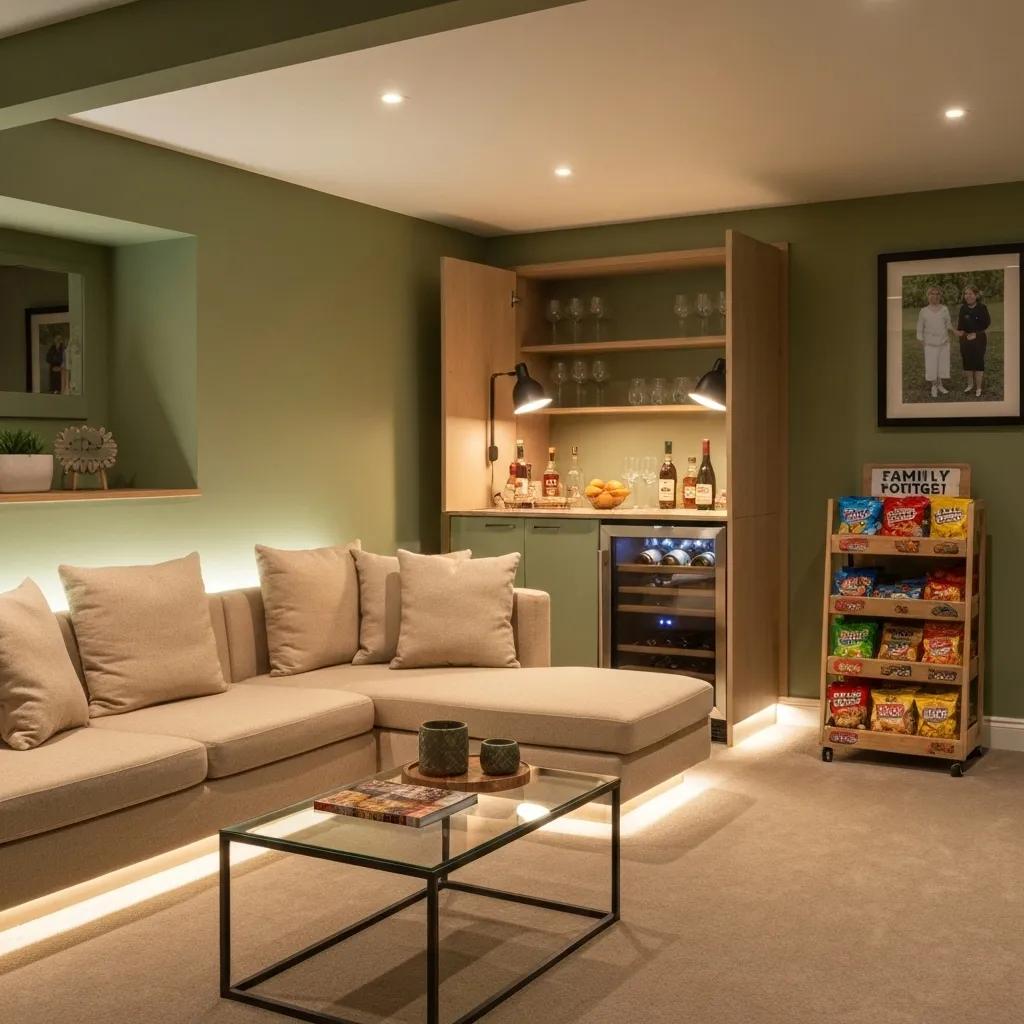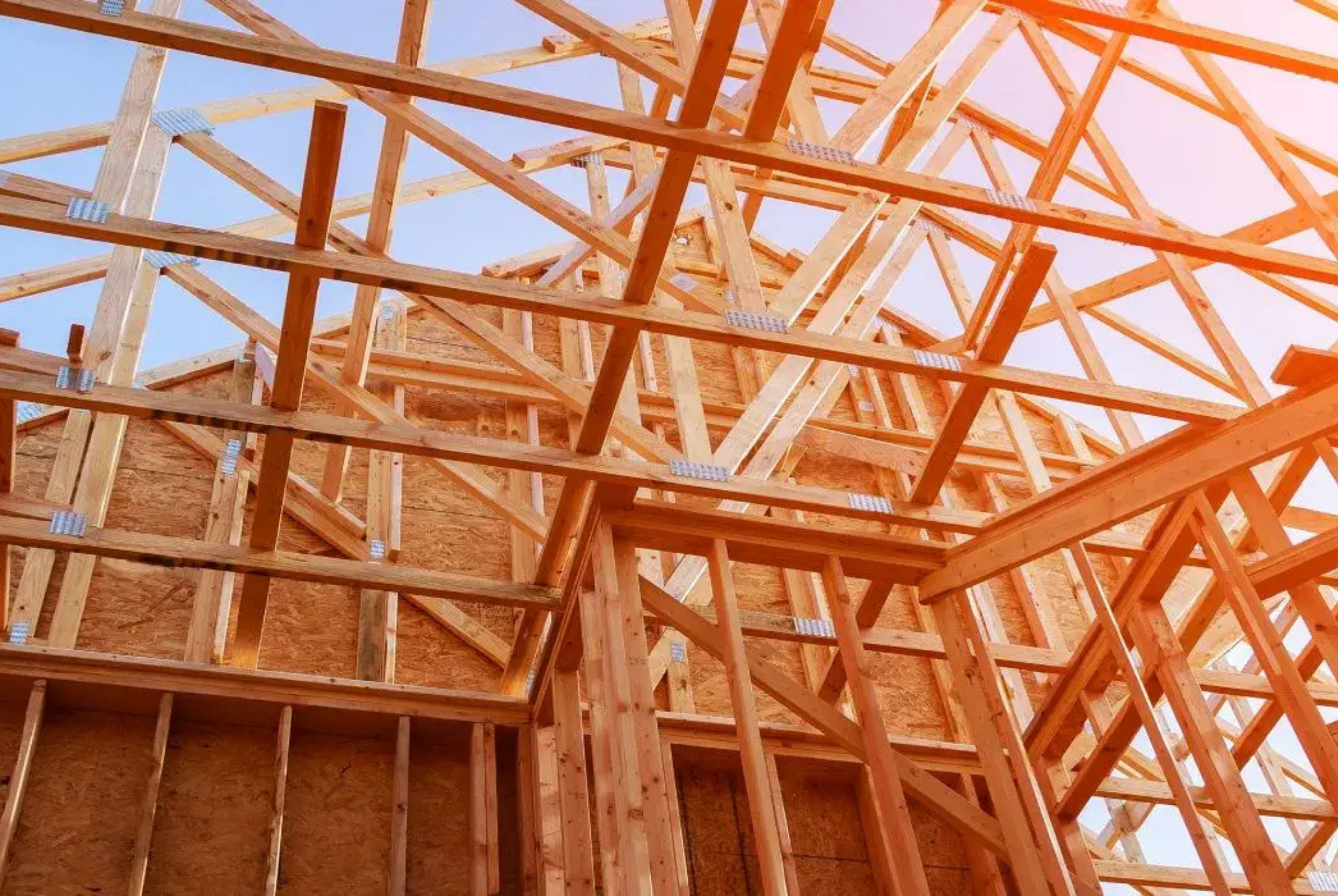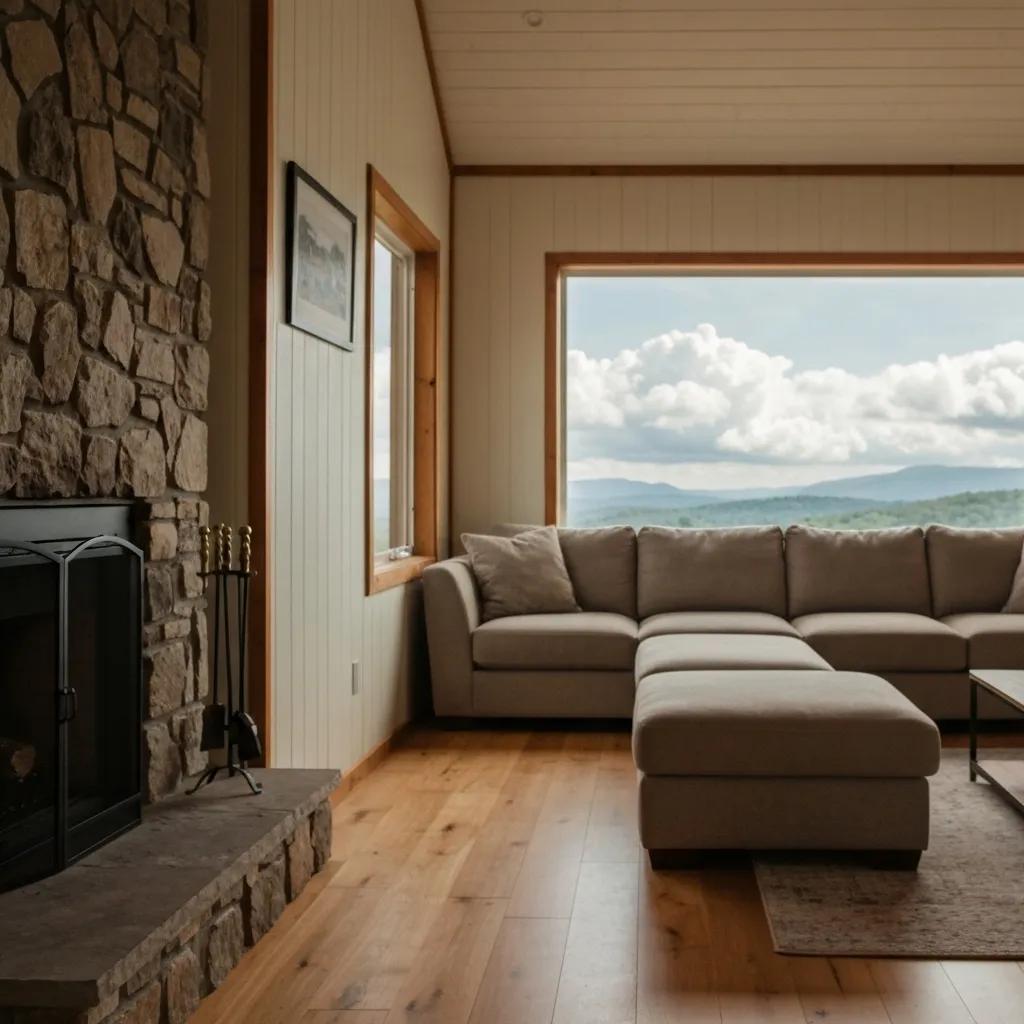
Key Factors That Determine Home Building Costs in Iowa: A Comprehensive Guide to Average Prices and Influencing Elements
Building a home in Iowa involves balancing land acquisition, materials, labor, permits, and design fees—all of which determine what factors influence the overall cost of building a home in Iowa. With average expenses ranging from $100 to $160 per square foot and total budgets from $260,000 to over $1,000,000, homeowners need clarity on every expense. This guide delivers precise figures for 2024–2025, explains how land prices, material quality, labor rates, permit fees, and hidden costs shape your budget, and offers strategies to control spending. By following insights in this comprehensive guide from The Busy Builders, you’ll gain the knowledge to plan, compare, and build with confidence.
How Much Does It Cost to Build a House in Iowa? (2025)
Building a new home in Iowa typically costs between $165,000 and $663,000, with per-square-foot prices ranging from $107 to $428 depending on customization. Labor generally accounts for 35–50% of total construction costs, while interior finishes represent 25–35% of the budget.
This research provides comprehensive average costs, per-square-foot estimates, and breakdowns for labor and material categories, directly supporting the article’s initial cost figures.
What Is the Average Cost to Build a House in Iowa in 2024-2025?
The average cost to build a house in Iowa ranges from $260,000 to $1,000,000, reflecting variations in size, design complexity, and location. This range arises because home size and finishes drive per-square-foot pricing and total project scope, enabling homeowners to estimate budgets accurately for starter, mid-range, or luxury builds. For example, a 2,000-square-foot production home at $130 per square foot totals $260,000, whereas a custom design with high-end finishes can exceed $500,000.
How Much Does It Cost to Build a House in Iowa in 2025?
The average cost to build a custom home in Iowa ranges from $260,000 to $1,000,000, excluding land, which can add approximately $51,100 per acre. Material costs are estimated at about $50 per square foot, and permits can cost up to $2,000.
This information directly corroborates the article’s stated overall price ranges, average land costs, and typical permit expenses, offering specific figures for 2025.
How Much Does Home Construction Typically Cost per Square Foot in Iowa?
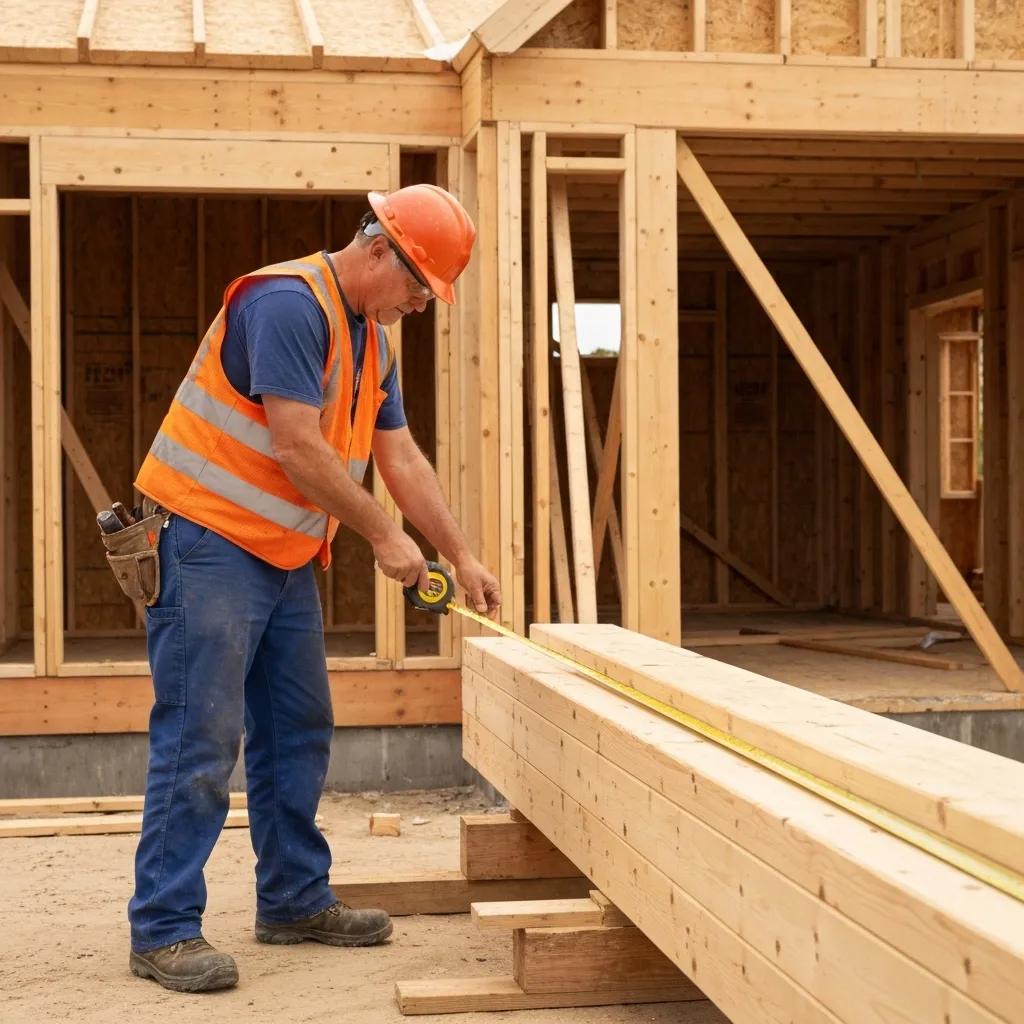
Home construction in Iowa typically costs between $100 and $160 per square foot, depending on material choices and finish levels. Lower-cost builder-grade homes may average $100/ft² by using standard framing and finishes, while custom homes with premium materials can climb to $160/ft² or more, providing greater durability and aesthetic appeal. Accurate per-square-foot estimates help homeowners align budgets with quality expectations and financial planning.
Cost per Square Foot by City
| City | Cost per Square Foot | Primary Driver |
|---|---|---|
| Des Moines | $140–$160 | Urban land scarcity |
| Cedar Rapids | $125–$145 | Regional labor rates |
| Iowa City | $130–$150 | Local material access |
These figures illustrate how urban demand and supply-chain logistics influence per-square-foot rates, guiding decisions on location and project scope.
What Are the Overall Price Ranges for New Home Builds in Iowa?
Overall new home build budgets in Iowa fall into three principal tiers based on square footage and finish quality:
- Starter Homes ($260,000–$350,000): Typically 1,800–2,200 ft² with standard finishes.
- Mid-Range Homes ($350,000–$600,000): 2,000–2,800 ft² with upgraded materials.
- Luxury/Crafted Homes ($600,000–$1,000,000+): Custom layouts, high-end fixtures, and personalized design.
Understanding these ranges helps homeowners define realistic budgets and align expectations with project goals. Evaluating each tier’s features ensures informed decisions before planning detailed designs.
How Do Iowa’s Home Building Costs Compare to National Averages?
Iowa’s home building costs, at $100–$160 per square foot, remain below the national average of $120–$200 per square foot due to lower land prices and moderate labor rates. Regional cost efficiencies in materials sourcing and streamlined permit processes contribute to this advantage. Recognizing these comparative savings enables Iowa homeowners to capitalize on value while still accessing quality construction services.
How Do Land Costs Affect Home Building Expenses in Iowa?
Land acquisition typically adds $30,000 to $150,000 to a home build budget, making site selection one of the most influential cost factors. Differences in acreage, zoning regulations, and proximity to utilities directly impact total expenditures. Factoring land costs early ensures comprehensive budgeting and avoids surprises in overall project planning.
What Are the Average Land Prices per Acre in Urban vs. Rural Iowa?
Land prices diverge significantly between urban and rural settings, with urban parcels commanding higher premiums due to development demand, while rural acreage remains more affordable for larger lots.
- Urban parcels: $80,000–$150,000 per acre
- Rural parcels: $10,000–$50,000 per acre
These variations illustrate how location dictates land budgets and influence decisions on lot size relative to home building footprint and amenities.
How Does Site Preparation Impact Land-Related Building Costs?
Site preparation adds $5,000 to $20,000 depending on grading complexity, tree removal, and utility hookups. Clearing overgrown lots and stabilizing slopes require specialized equipment and labor, which directly increase land-related expenses and affect foundation work timelines.
Which Iowa Cities Have the Highest and Lowest Land Costs?
Land prices peak in metropolitan areas and drop in outlying counties, reflecting demand clustering and infrastructure access.
How Do Des Moines, Cedar Rapids, and Iowa City Land Prices Differ?
| City | Average Price per Acre | Key Influence |
|---|---|---|
| Des Moines | $120,000 | Urban development pressure |
| Cedar Rapids | $70,000 | Moderate residential growth |
| Iowa City | $85,000 | University-driven demand |
What Are the Key Material Costs When Building a Home in Iowa?

Material expenses typically account for 30–40% of a home’s total cost, with framing, roofing, and siding as primary drivers. Quality selection and supply-chain stability directly influence pricing and project schedules, making material planning crucial for budget control and build timelines.
Which Building Materials Most Influence Iowa Home Construction Costs?
Critical materials that determine major cost allocations include:
- Lumber and structural framing components
- Asphalt roofing shingles or metal panels
- Vinyl, fiber cement, or wood siding
- Insulation, drywall, and interior finishes
Focusing on these categories allows homeowners to prioritize cost-saving alternatives or premium upgrades where they matter most.
How Do Material Quality and Supply Chain Issues Affect Prices?
Higher-grade materials, such as engineered lumber and premium shingles, cost up to 25% more but increase durability and curb appeal. Conversely, supply-chain disruptions—like freight delays or tariff changes—can spike costs by 10–15%, requiring contingency planning in material budgets.
What Is the Average Cost of Materials per Square Foot in Iowa?
| Material Category | Cost per Square Foot | Supply Factor |
|---|---|---|
| Framing & Lumber | $10–$15 | Market availability |
| Roofing | $5–$8 | Manufacturer lead times |
| Siding & Exterior Trim | $6–$12 | Quality and brand |
Material cost per square foot varies with vendor selection and time of purchase, so locking in prices early safeguards budgets against market volatility.
How Do Roofing and Finishing Materials Vary in Cost?
- Architectural shingles: $6–$10 per ft²
- Standing seam metal roofs: $12–$18 per ft²
- Hardwood flooring: $8–$15 per ft²
- Luxury vinyl plank: $3–$6 per ft²
Choosing between cost-effective and premium options influences both short-term budgets and long-term maintenance expenses.
How Do Labor Costs Impact Home Building Budgets in Iowa?
Labor accounts for 35–50% of construction costs, covering general contractors, carpenters, electricians, plumbers, and HVAC technicians. Regional wage variations and trade availability shape overall budgets and project schedules.
What Are Typical Labor Rates for General Contractors and Specialized Trades?
| Trade | Average Rate ($/hour) | Project Share (%) |
|---|---|---|
| General Contractor | $40–$60 | 10–15 |
| Carpentry & Framing | $35–$50 | 15–20 |
| Electrical | $45–$65 | 10–12 |
| Plumbing & HVAC | $40–$60 | 8–10 |
How Much Do Labor Costs Contribute to Total Construction Expenses?
Labor costs typically comprise 35–50% of the total home building budget, with general contracting and framing as the largest portions. This breakdown underscores the importance of efficient scheduling and experienced trades to optimize labor expenses and avoid delays.
How Do Regional Labor Rates Vary Across Iowa Cities?
Labor rates in Des Moines can be 5–10% higher than rural counties due to higher living costs and demand for skilled trades. Cedar Rapids and Iowa City often offer moderate rates that balance quality and affordability, making regional comparisons essential for accurate budgeting. For more information about the area, you can visit Des Moines.
What Permits and Fees Should Iowa Home Builders Expect?
Building permits and inspection fees add $1,500–$4,000 to project costs, depending on municipality and project scale. Zoning approvals, impact fees, and trade permits all contribute to the regulatory expense profile of a new home.
Which Building Permits Are Required for New Home Construction in Iowa?
Key required permits include:
- Building permit
- Electrical permit
- Plumbing permit
- Mechanical/HVAC permit
Securing each permit ensures compliance with local codes and protects homeowners from costly rework or violations.
How Much Do Permits and Inspection Fees Typically Cost?
| Permit Type | Average Cost | Notable Variation |
|---|---|---|
| Building Permit | $500–$1,500 | City population influences fee |
| Trade Permits | $150–$500 | Each electrical/plumbing trade |
| Impact & Zoning | $200–$1,000 | Based on development impact |
Budgeting for the upper end of permit fees avoids mid-project shortfalls and allows smooth inspections.
How Do Local Building Codes Influence Permit Costs in Different Iowa Areas?
Municipalities with stricter energy efficiency or storm-resistance requirements may levy higher permit fees or mandate additional inspections, affecting total regulatory expenses and build timelines.
How Do Design and Architectural Fees Affect Iowa Home Building Costs?
Design and architectural services typically add 5–10% of construction costs, with custom plans drawing higher fees than stock templates. Early collaboration with designers ensures cost-effective layouts and minimizes costly revisions.
What Is the Cost Difference Between Custom and Stock Home Plans?
Stock plans: $1,000–$3,000
Semi-custom plans: $3,000–$7,000
Fully custom designs: $7,000–$20,000
Choosing pre-drawn plans reduces upfront design fees but may limit unique features and site-specific optimization.
How Involved Are Architects in Iowa Home Building Projects?
Architect involvement ranges from basic plan reviews to full project management. Full-service engagements can add 7–12% to total costs but deliver precise layouts and compliance with local codes, reducing later change orders. For more information, visit home building.
What Are Typical Fees for Design and Engineering Services?
| Service Level | Fee Range | Benefit |
|---|---|---|
| Plan Review | $500–$1,500 | Code compliance assurance |
| Structural Engineering | $1,000–$3,000 | Foundation and load calculations |
| Full Architectural | 7–12% of build cost | Site-specific design and coordination |
Allocating budget for engineering upfront secures structural integrity and speeds permitting.
What Are the Hidden and Indirect Costs in Iowa Home Construction?
Hidden and indirect costs—such as insurance, property taxes during construction, and financing interest—often add 5–8% to the total project budget, emphasizing the need for contingencies.
How Do Insurance, Property Taxes, and Financing Costs Add to Budgets?
Builder’s risk insurance: $1,000–$3,000
Interim property tax adjustments: $500–$1,500
Construction loan interest: 1–3% of loan amount
Accounting for these expenses prevents budget overruns and ensures uninterrupted construction.
What Contingency Costs Should Homeowners Plan For?
Homeowners should reserve 5–10% of the total budget as a contingency fund to cover unforeseen issues like soil remediation, design changes, or material price spikes.
How Can Homeowners Budget Effectively to Avoid Cost Overruns?
Effective budgeting strategies include locking material prices early, negotiating labor rates, scheduling trades efficiently, and reviewing design choices with cost implications in mind to keep contingency draws minimal.
How Do Regional Variations Influence Home Building Costs Across Iowa?
Regional factors such as labor availability, material access, and local codes create cost differences of up to 15% between Iowa cities and counties, impacting overall project budgets.
What Are the Cost Differences in Des Moines, Cedar Rapids, and Iowa City?
| City | Cost per Square Foot | Regional Factor |
|---|---|---|
| Des Moines | $140–$160 | Higher land and labor |
| Cedar Rapids | $125–$145 | Moderate market demand |
| Iowa City | $130–$150 | University-driven growth |
How Do Urban and Rural Locations Affect Overall Building Expenses?
Urban builds typically cost 10–15% more due to higher labor rates and land scarcity, whereas rural projects benefit from lower land prices but may incur higher site prep and infrastructure connection fees.
What Local Factors Drive Cost Variations Within Iowa Counties?
County-specific factors like septic requirements, well permits, and soil conditions can add $5,000–$20,000 to budgets, underscoring the importance of site surveys and local code reviews before land purchase.
What Financing Options Are Available for Building a Home in Iowa?
Construction loans, USDA loans, and conventional mortgage packages form the foundation of home building financing, each with unique terms and qualification criteria.
What Construction Loan Options Do Iowa Homeowners Have?
- One-time close construction-to-permanent loans
- Standalone construction loans converting to mortgages
- FHA construction loans for lower down payments
These loans provide interim financing for build phases and convert to permanent mortgages, offering structured payment schedules and interest rate locks.
How Do Mortgage Rates Affect Home Building Budgets in Iowa?
With 30-year mortgage rates averaging 7.25% as of mid-2024 in Iowa, interest costs on construction loans can add 2–4% of total budgets, making rate comparisons and timely lock-ins essential.
Are There Grants or Incentives for Energy-Efficient or Sustainable Building?
Iowa homeowners can access federal tax credits, state energy rebates, and utility incentives that cover 10–25% of renewable installations like solar panels or geothermal systems, reducing long-term operating expenses. sustainable homes in Iowa.
Residential Energy Efficiency Programs
Iowa homeowners can access federal and state programs, such as the Home Owner Managing Energy Savings (HOMES) Rebate Program and High-Efficiency Electric Home Rebates (HEEHRA) Program, offering significant rebates for energy efficiency retrofits and clean energy equipment. The Iowa Energy Center Grant Program also provides competitive grants for energy-related projects.
This supports the article’s claim about available grants and incentives for energy-efficient and sustainable building practices in Iowa.
What Are Effective Budgeting and Cost-Saving Strategies for Iowa Home Builders?
Implementing cost-control measures and leveraging bulk purchasing drives project efficiency and savings without sacrificing quality.
How Can Choosing Materials and Labor Wisely Reduce Costs?
- Select durable, cost-effective materials that require minimal maintenance.
- Bundle material purchases to secure volume discounts.
- Hire experienced trades with proven efficiency to minimize rework.
These approaches ensure long-term durability at optimized initial costs and reduce contingency draws.
What Role Does Planning and Permitting Play in Cost Control?
Securing permits early, confirming code requirements, and coordinating inspections prevent delays that inflate labor and equipment rental expenses, keeping projects on schedule and budget.
How Can Homeowners Use Case Studies and Real Examples to Plan Budgets?
Reviewing anonymized project breakdowns with similar square footage and finishes provides realistic cost benchmarks and highlights potential overruns, guiding more accurate reserve allocations.
Building with clear budgets, informed choices, and contingency planning empowers homeowners to navigate home building costs in Iowa confidently and achieve their dream home without unwelcome financial surprises.
Frequently Asked Questions
What financing options are available for building a home in Iowa?
Iowa homeowners can explore various financing options for building a home, including construction loans, USDA loans, and conventional mortgages. Construction loans can be structured as one-time close loans that convert to permanent mortgages or standalone loans that transition into traditional mortgages. FHA construction loans are also available for those seeking lower down payment options. Each type of loan has unique terms and qualification criteria, so it’s essential to compare rates and conditions to find the best fit for your financial situation.
How can homeowners effectively budget for unexpected costs during construction?
To effectively budget for unexpected costs during construction, homeowners should set aside a contingency fund of 5-10% of the total project budget. This reserve can cover unforeseen expenses such as design changes, soil remediation, or material price increases. Additionally, homeowners should conduct thorough research on potential hidden costs, such as insurance and property taxes, and maintain open communication with contractors to anticipate any issues that may arise during the building process.
What are the benefits of energy-efficient building practices in Iowa?
Energy-efficient building practices in Iowa offer numerous benefits, including reduced utility bills, increased home comfort, and a lower environmental impact. Homeowners can take advantage of federal tax credits, state energy rebates, and utility incentives that cover a portion of the costs for renewable energy installations, such as solar panels or geothermal systems. These incentives can significantly offset initial investments and enhance the long-term value of the home, making energy efficiency a smart choice for new construction. energy practices for sustainable homes in Iowa.
How do local building codes impact construction costs in Iowa?
Local building codes in Iowa can significantly impact construction costs by dictating the materials, design standards, and safety requirements that must be met. Stricter codes may lead to higher permit fees and additional inspections, which can increase overall project expenses. Homeowners should familiarize themselves with local regulations early in the planning process to ensure compliance and avoid costly rework or delays. Engaging with local builders or architects can provide valuable insights into navigating these requirements effectively.
What are the most common hidden costs in home construction?
Common hidden costs in home construction include builder’s risk insurance, interim property taxes, and financing interest, which can collectively add 5-8% to the total budget. Other potential hidden expenses may arise from site preparation, landscaping, and utility connections. Homeowners should conduct thorough research and consult with professionals to identify these costs early in the planning process, ensuring a more accurate budget and minimizing the risk of financial surprises during construction.
How can homeowners choose the right contractor for their building project?
Choosing the right contractor for a building project involves several key steps. Homeowners should start by researching local contractors, checking their credentials, and reading reviews from previous clients. It’s essential to obtain multiple quotes and compare them based on scope, timeline, and materials. Additionally, homeowners should ask for references and visit past projects to assess quality. Establishing clear communication and ensuring the contractor understands the homeowner’s vision and budget are also crucial for a successful partnership.
What role does site selection play in home building costs?
Site selection plays a critical role in home building costs, as it directly influences land acquisition expenses, site preparation needs, and access to utilities. Urban locations typically have higher land prices and may require more extensive site preparation, while rural areas often offer more affordable land but can incur additional costs for utility connections. Homeowners should consider factors such as zoning regulations, proximity to amenities, and future development plans when selecting a site to ensure it aligns with their budget and lifestyle needs.
